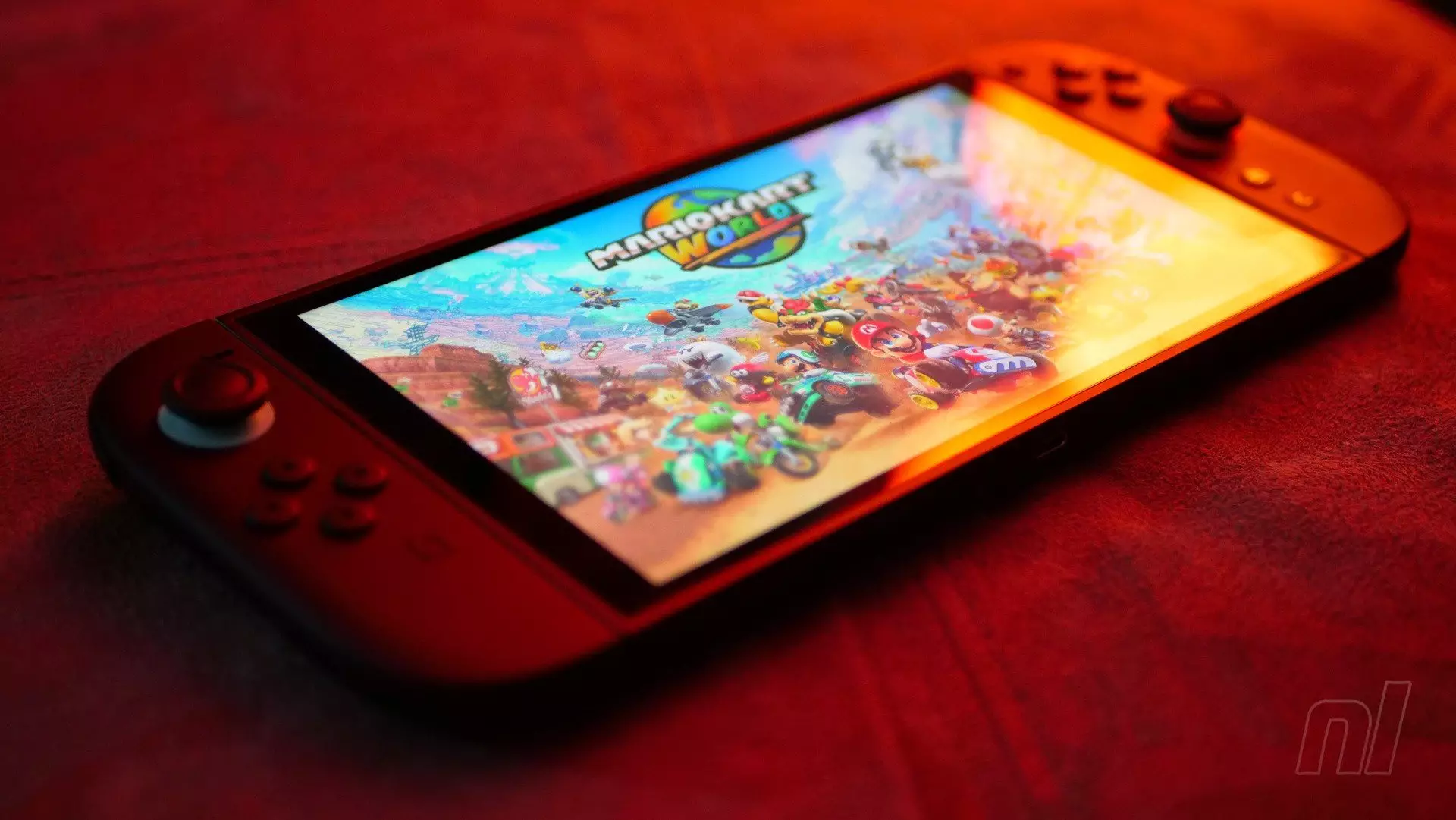When Nintendo announced the Switch 2, expectations soared. The integration of a dedicated fan within the dock signaled a shift towards more sophisticated hardware—aimed at supporting increasingly demanding games and enhanced graphics. However, this technological leap carries an inherent risk: the potential for increased heat generation. It’s an often-overlooked consequence of pushing hardware boundaries. While consumers anticipated richer gaming experiences, few prepared for the possibility of overheating issues that could compromise gameplay or even damage the console. This raises a fundamental question: can a device designed with portability and innovation in mind effectively manage the thermal demands of higher performance without sacrificing durability or user comfort?
Real User Reports Highlight Unforeseen Challenges
Recent reports from Japanese users have cast a spotlight on the thermal challenges facing the Switch 2. Multiple individuals have shared anecdotes—some of which involve consoles overheating to the point of system crashes, excessive fan noise, or cases where the device becomes uncomfortably hot to hold. For example, a user observed their console’s fan spinning relentlessly during gameplay, coupled with crashes and frustration. Another remarked that the device became too hot to comfortably grasp. Such descriptions suggest that, despite the internal fan, cooling may not yet be optimized for all gaming scenarios. Interestingly, some users note that these issues might not be solely attributable to hardware faults but could also stem from environmental factors—like poor airflow or high ambient temperatures—amplifying the need for optimal usage conditions.
The Importance of Environmental Awareness and Proper Usage
Nintendo provides guidelines emphasizing the importance of vent placement and avoiding heat sources, yet these warnings highlight a broader truth: even the most advanced hardware is vulnerable if used improperly. A console’s thermal management system, while engineered for efficiency, can be overwhelmed when exposed to environmental stressors. For users, this underscores a key responsibility: maintaining adequate ventilation, avoiding direct sunlight, and ensuring the console isn’t placed near heat-emitting objects. Proper handling and an awareness of ambient conditions can significantly mitigate the risk of overheating, preserving the device’s lifespan and performance. Moreover, this situation exemplifies a larger lesson in technology adoption—the importance of user education alongside hardware innovation.
Manufacturing Hurdles or Growing Pains?
From a design perspective, integrating cooling solutions into compact consoles is a complex engineering challenge. It’s possible Nintendo is still refining its approach, balancing thermal management with the console’s portable form factor. Initial reports of overheating might thus be considered part of the “growing pains” associated with releasing a cutting-edge device. However, persistent or widespread issues could indicate deeper manufacturing flaws or inadequacies in the cooling architecture. This tension between innovation and reliability is delicate; it demands that Nintendo swiftly address these concerns through firmware updates, improved manufacturing quality, or user guidance. Ensuring hardware stability not only affects consumer satisfaction but also shapes the future of Nintendo’s reputation in the competitive gaming market.
The Road Ahead: Proactive Solutions and Consumer Trust
If Nintendo wishes to sustain the excitement surrounding the Switch 2, it must prioritize robust thermal management and transparent communication. Offering detailed troubleshooting steps, encouraging proper usage, and perhaps unveiling hardware revisions or additional cooling accessories could bolster user confidence. Ignoring these early issues risks undermining the very innovation that sparked consumer interest. Ultimately, overcoming these thermal hurdles is crucial—not only for the immediate performance of the Switch 2 but also for setting a precedent in how gaming hardware can evolve responsibly without sacrificing reliability. Only through proactive solutions and user-centric design can Nintendo ensure that the future of portable gaming remains vibrant, powerful, and, most importantly, cool under pressure.

